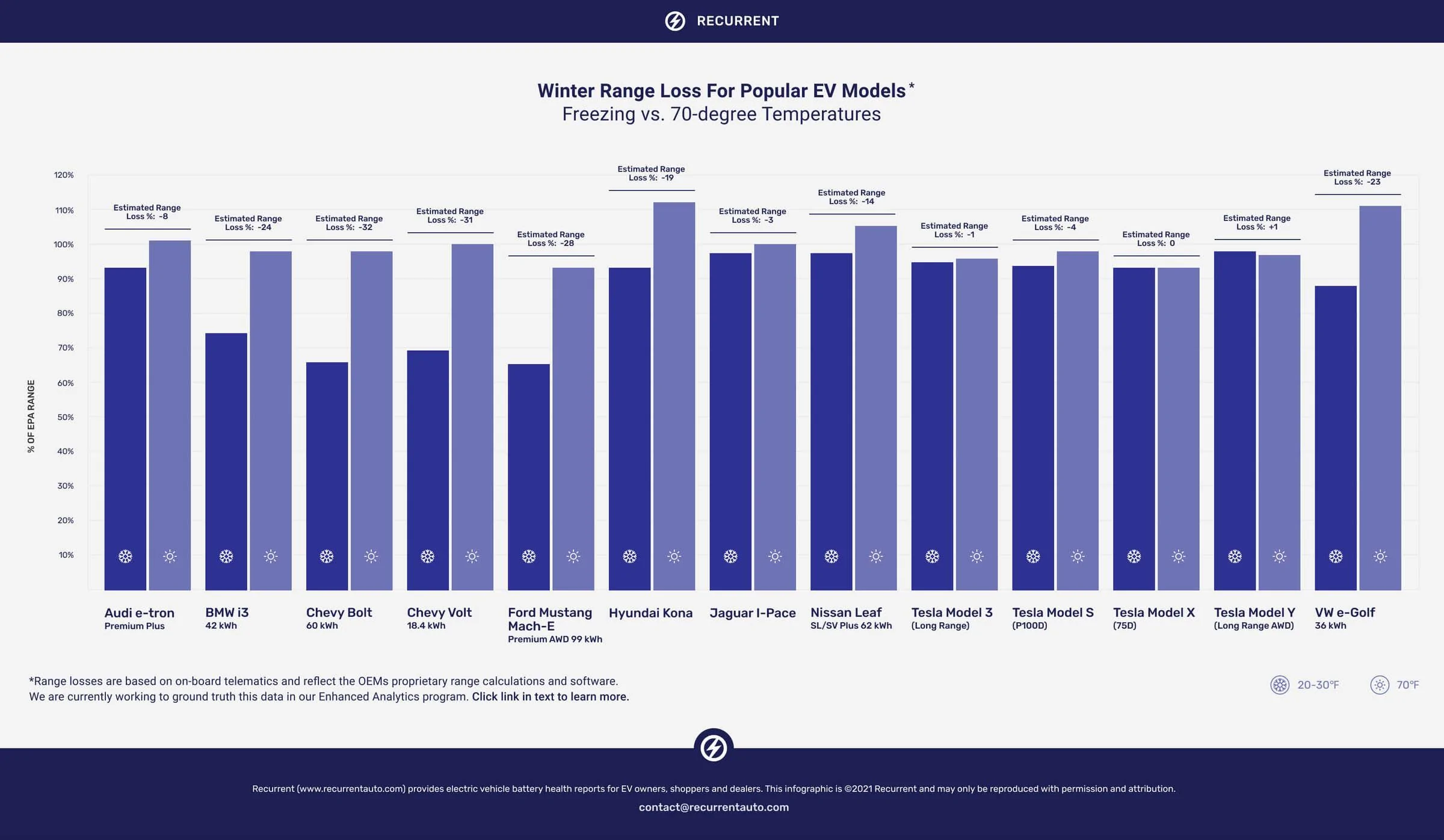jefro
Well-known member
A good heat pump would fix part of that.
If one has the ability to pre-condition the vehicle that also seems to help a lot.
Norway also has good EVSE locations and government and business support for charging. My stupid workplace has refused to allow any EVSE for the last few decades I have tried since the Leaf came out.
If one has the ability to pre-condition the vehicle that also seems to help a lot.
Norway also has good EVSE locations and government and business support for charging. My stupid workplace has refused to allow any EVSE for the last few decades I have tried since the Leaf came out.
Sponsored


